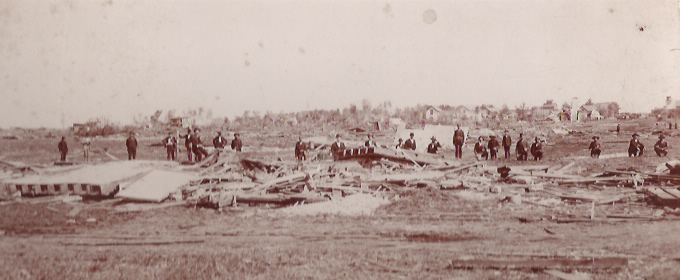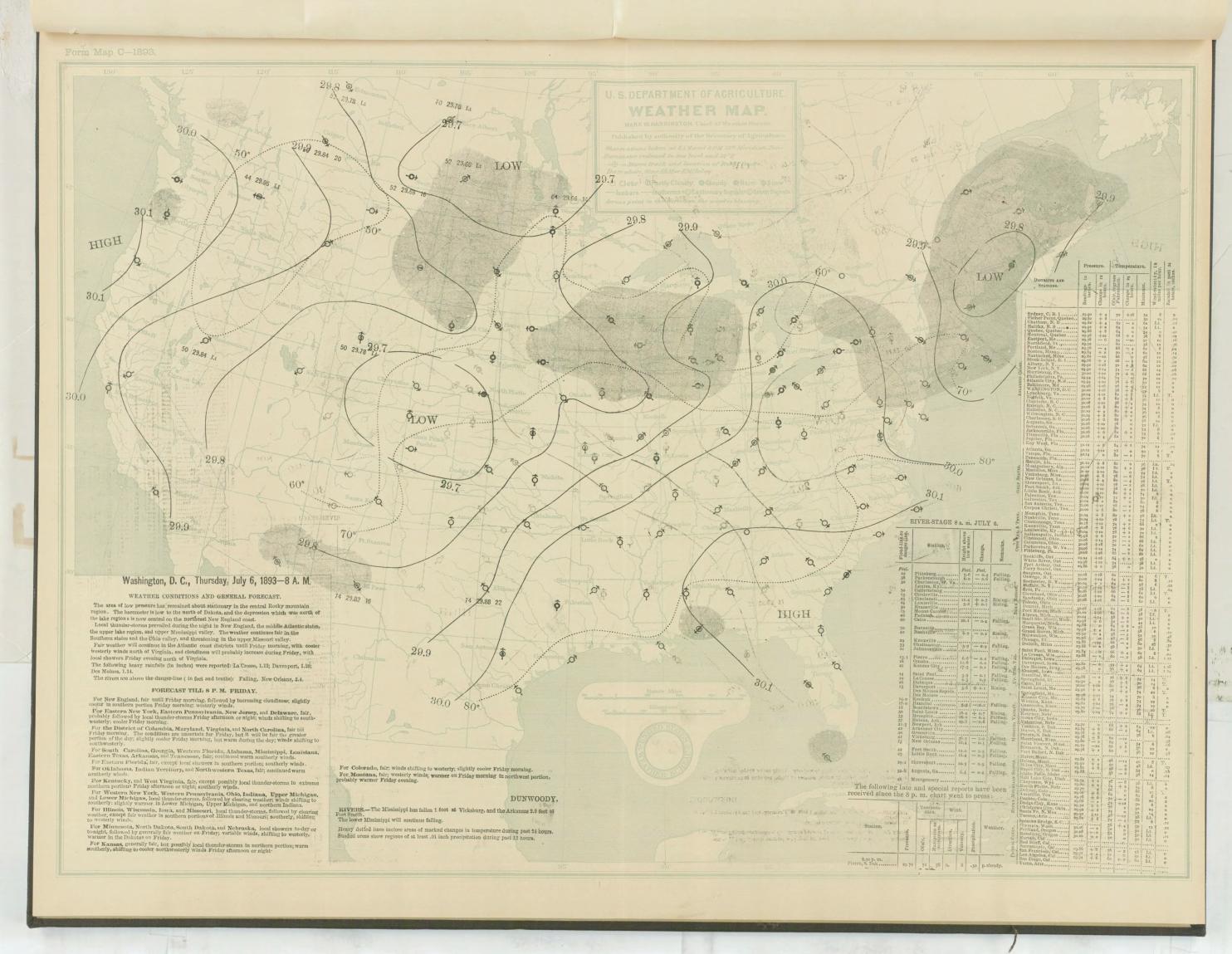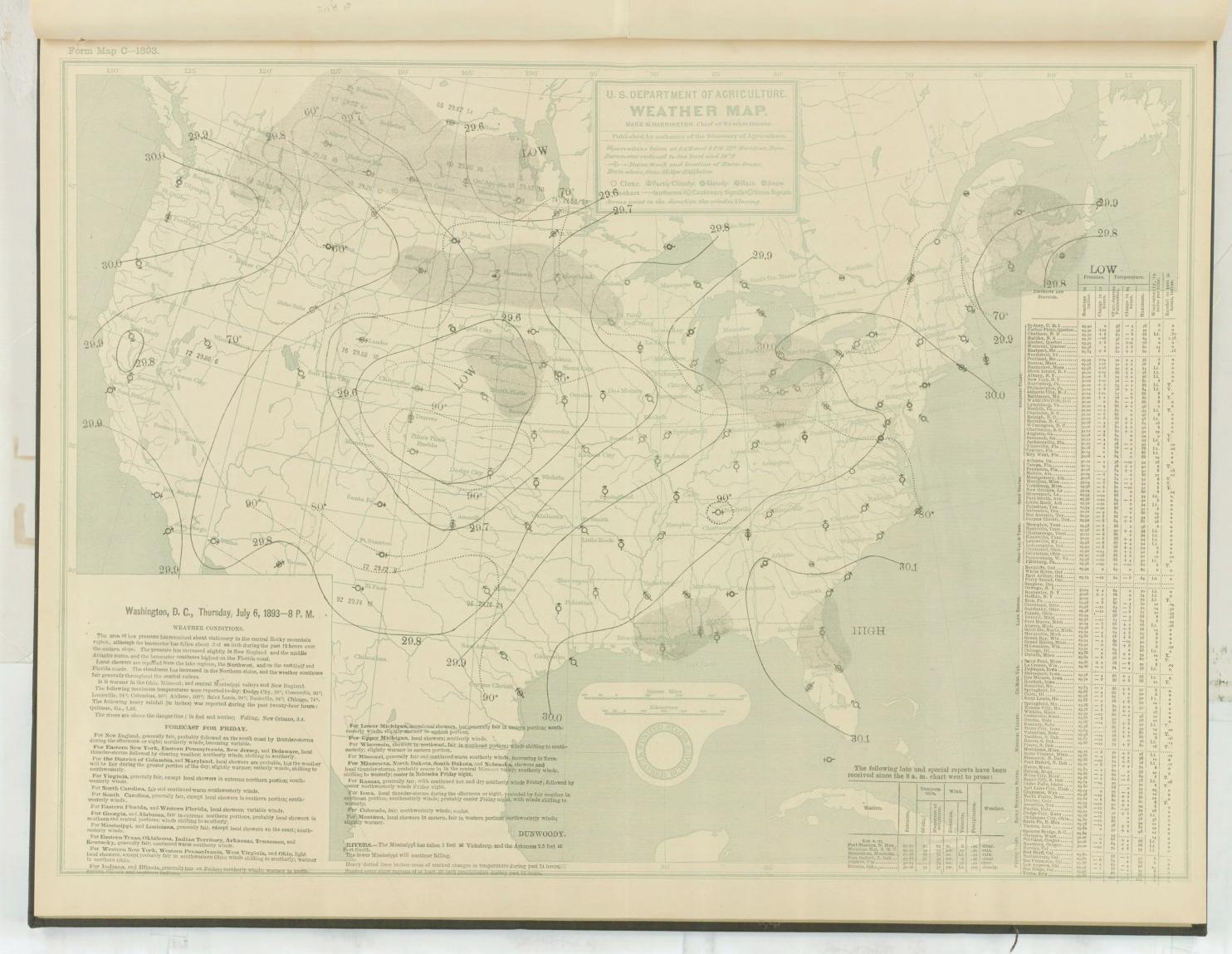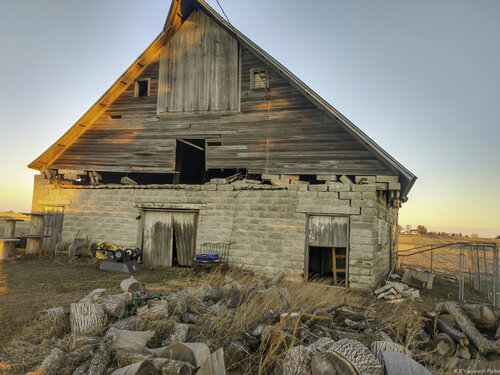Shawn Schuman
EF3
- Joined
- Mar 3, 2012
- Messages
- 273
I've been researching historical events for a new blog post and I found this event pretty interesting. I also dug up some photos and I figured I'd share them. The Pomeroy tornado killed 71 people and caused damage in four counties across a 55-mile east-southeasterly path. More than three-quarters of the town of Pomeroy was destroyed. Several witnesses described multiple vortices at different points in its path, as in these first illustrations:


And several damage shots, mostly from Pomeroy:




There was also a book written on the event not long after, but I can't find it online anywhere. I'll have to see if I can track it down. Oh, and that isn't a dead body in the last photo. That's what I thought at first, but it's a young boy who -- apparently along with his favorite cow -- was the only survivor at his farmstead.


And several damage shots, mostly from Pomeroy:




There was also a book written on the event not long after, but I can't find it online anywhere. I'll have to see if I can track it down. Oh, and that isn't a dead body in the last photo. That's what I thought at first, but it's a young boy who -- apparently along with his favorite cow -- was the only survivor at his farmstead.
Last edited by a moderator:






